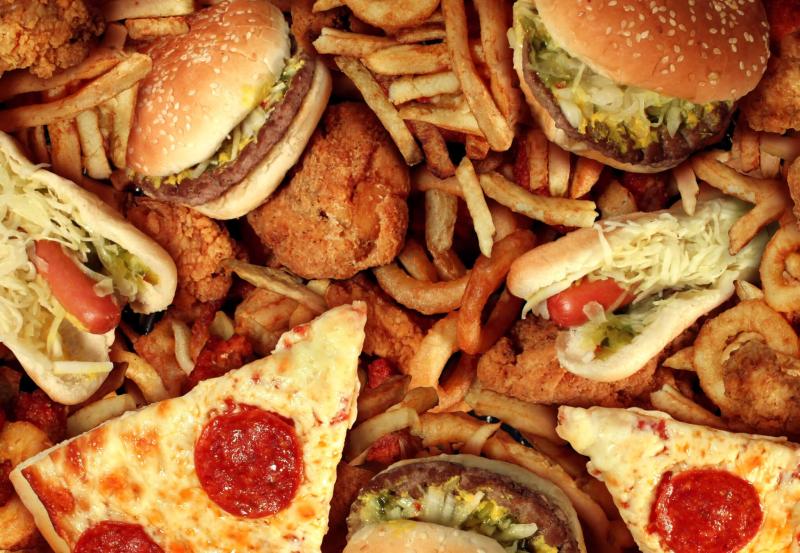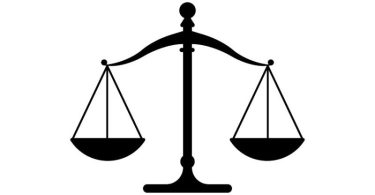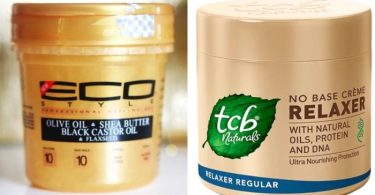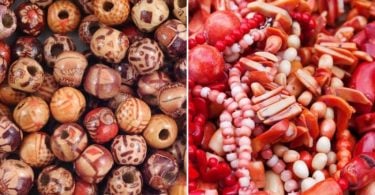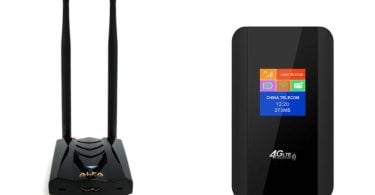Did you realise there was a difference between Junk and Snacks? Snacks are more common than junk food. Snacks are smaller portions between meals, whereas junk food refers to unhealthy foods that are high in calories, are often processed, and contain little to no nutritional value.
What is Junk?
Junk food typically refers to food high in calories, fat, salt, and sugar but low in nutritional value. Junk food is frequently processed and packaged for consumer convenience and is intended to be appealing and palatable. Candy, chips, soda, pastries, and fast food are all examples of junk food. These foods are frequently high in calories while offering little nutritional value in terms of vitamins, minerals, and fibre. Regularly consuming junk food can contribute to health issues such as obesity, heart disease, and diabetes. Junk food is frequently high in added sugars and unhealthy fats, which can lead to bingeing and addictive behaviours. The high-calorie content of junk food can also contribute to weight gain and other health issues such as high blood pressure and cholesterol.
A healthy diet, on the other hand, should include a variety of nutrient-dense foods such as fruits and vegetables, whole grains, lean proteins, and healthy fats. These foods provide essential nutrients to the body, promoting overall health and well-being. While it is acceptable to indulge in junk food occasionally, it is critical to do so in moderation and as part of a well-balanced diet. Choosing healthier alternatives such as fresh fruits, nuts, or whole-grain crackers can help satisfy cravings while promoting better health.
What are Snacks?
Snacks are small portions eaten between meals to stave off hunger or satisfy a craving. Mini meals can be sweet, salty, savoury, or a combination of these flavours and are typically served in smaller portions than full meals. You can get snacks from the grocery store or the vending machine or make them yourself. Chips, cookies, crackers, and candy are some examples of packaged snacks; fresh fruit, vegetables, and nuts are healthier options. Popcorn, yoghurt, cheese, and granola bars are also common choices.
Snacking can be a fun and easy way to curb hunger between meals, but picking nutritious options for long-term health benefits is essential. There are health benefits and drawbacks to snacking. On the one hand, Snacks can give someone the energy and nutrients they need to get through the day. However, eating unhealthy snacks on a regular basis has been linked to weight gain and other health problems. Recent years have seen the popularity of fresh, whole foods as snacking alternatives to processed, packaged foods. In response to this trend, some businesses have introduced protein bars, nut mixes, and vegetable chips as healthier snack options.
Difference Between Junk and Snacks
While the terms are often used interchangeably, there is a distinction between “junk food” and “snacks.” Snacks are small meals eaten between main meals to stave off hunger or give the body a quick burst of energy. Fruit, nuts, granola bars, and crackers are just a few examples of nutritious and unhealthy snacks.
Conversely, junk food is characterised by its high caloric, sugary, and fatty content but low nutritional value. Sweets, carbonated drinks, potato chips, fast food, and baked goods that have undergone extensive processing are all junk food. In contrast to nutritious and energising snacks, the convenience and ease of eating junk food lead many people to eat it despite the fact that it is unhealthy and can contribute to issues like obesity, diabetes, and heart disease.
Snacks are a great way to add more nutrients to meals or stave off hunger in between meals when combined with a healthy eating plan. Healthy, nutrient-dense foods like fruits and vegetables can be eaten as snacks without sacrificing satiety or energy. All snacks fall under the category of “junk food,” but not all junk food falls into that category.
